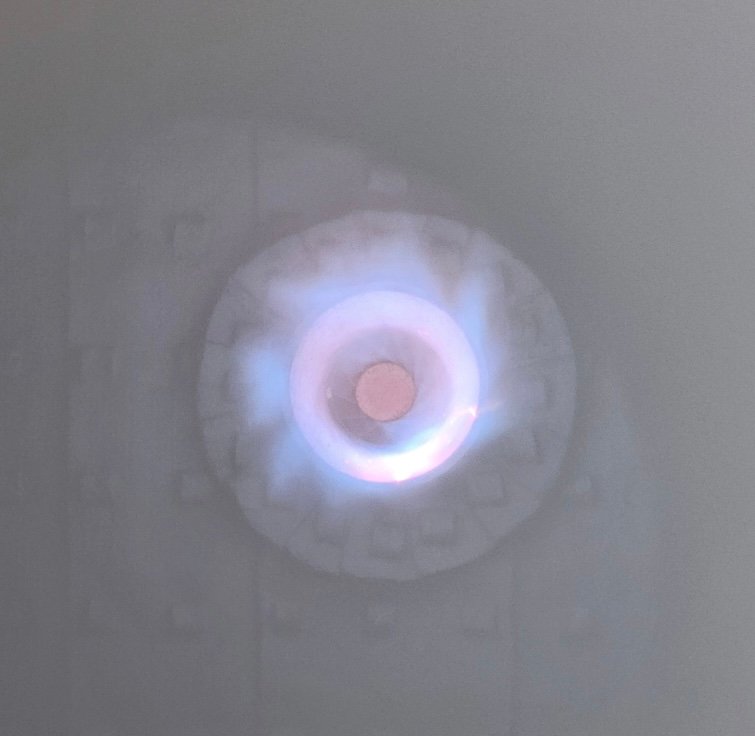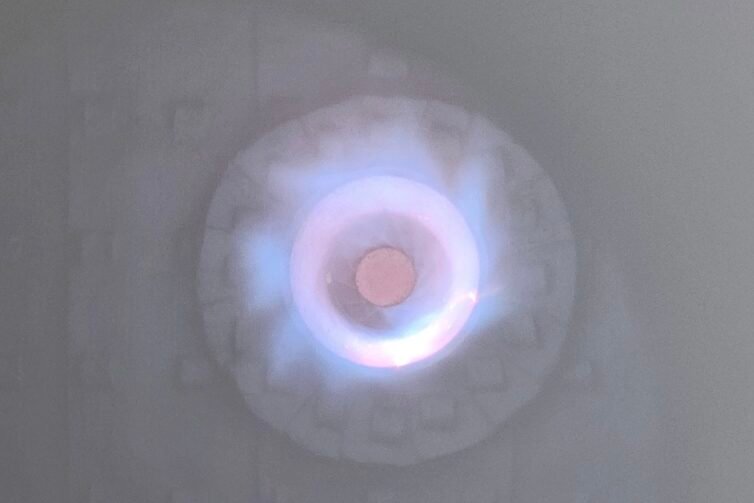
Introduction
Efficient combustion control is a fundamental aspect of many industrial processes, from power generation to manufacturing and heating systems. One of the key factors influencing combustion efficiency is the precise control of the air-fuel ratio, which ensures that combustion is both effective and environmentally friendly. In this article, we will delve into the importance of proper oxygen trim control in the combustion process and how it contributes to achieving optimal efficiency and minimizing environmental impact.
Understanding the Air-Fuel Ratio
To comprehend the significance of oxygen trim control, it’s essential to grasp the concept of the air-fuel ratio. The air-fuel ratio represents the balance between the amount of air (containing oxygen) and fuel (typically natural gas or oil) supplied to the combustion process. Achieving the right ratio is crucial for several reasons:
- Combustion Efficiency: The ideal air-fuel ratio ensures complete combustion, where all the fuel is burned, resulting in maximum energy release and minimal waste.
- Emissions Control: An improper ratio can lead to the production of harmful pollutants, such as carbon monoxide (CO) and nitrogen oxides (NOx). Maintaining the correct ratio minimizes these emissions.
- Energy Savings: Precise control of the air-fuel ratio prevents excess air, which can waste energy. Proper trimming can lead to substantial fuel savings.
The Role of Oxygen Trim Control
Oxygen trim control is a feedback control system used to continuously adjust the air-fuel ratio in real-time. This adjustment ensures that combustion remains efficient and environmentally friendly, even as conditions change. Here’s how it works:
- Oxygen Sensors: Oxygen sensors are strategically placed within the combustion system to measure the amount of oxygen in the flue gas. These measurements provide feedback on the combustion process’s efficiency.
- Control Algorithm: A control algorithm analyzes the data from the oxygen sensors and calculates the required adjustment to the air or fuel supply.
- Actuators: The control system then adjusts the flow rates of air or fuel using actuators, such as dampers or fuel valves, to achieve the desired air-fuel ratio.
Benefits of Proper Oxygen Trim Control
- Enhanced Efficiency: Oxygen trim control ensures that combustion is always optimized, resulting in better fuel efficiency and reduced operating costs.
- Emission Reduction: By maintaining the correct air-fuel ratio, emissions of pollutants like CO and NOx are minimized, helping companies meet environmental regulations and reduce their carbon footprint.
- Consistency: Fluctuations in fuel quality, environmental conditions, or equipment performance can impact combustion. Oxygen trim control provides a consistent solution to these variables, ensuring stable and efficient operation.
- Safety: Accurate control of the combustion process reduces the risk of dangerous conditions like incomplete combustion or flameout.
Implementing Proper Oxygen Trim Control
To implement effective oxygen trim control, companies should consider the following steps:
- Invest in Quality Sensors: High-quality oxygen sensors are essential for accurate measurement. Regular maintenance and calibration are crucial to ensure their reliability.
- Choose the Right Control System: Select a control system that suits the specific requirements of your combustion process and integrates seamlessly with existing equipment.
- Training and Monitoring: Properly trained personnel should oversee the system, continuously monitor performance, and make adjustments as necessary.
- Regular Maintenance: Keep the control system and associated equipment well-maintained to prevent downtime and ensure accurate control.
Conclusion
Proper oxygen trim control is a crucial element of efficient and environmentally responsible combustion processes. By maintaining the correct air-fuel ratio, industries can reduce energy consumption, minimize emissions, and enhance overall operational efficiency. As industries continue to prioritize sustainability and regulatory compliance, the implementation of effective oxygen trim control systems becomes increasingly important in achieving these goals.

0 Comments